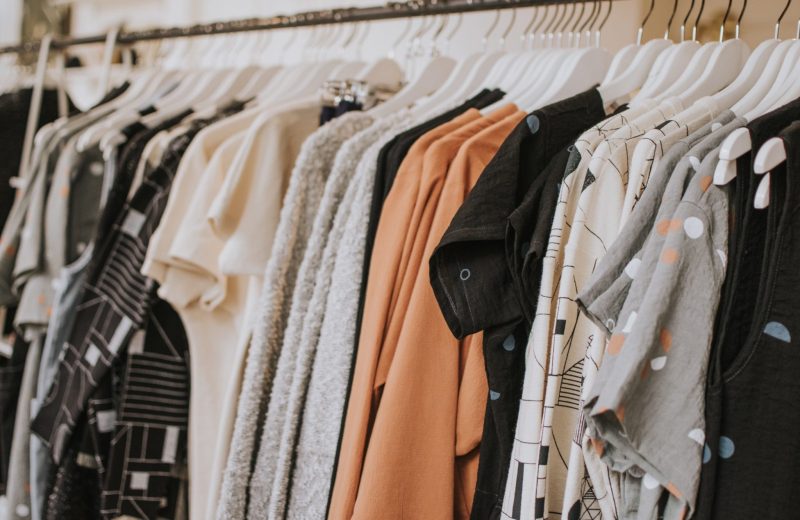As retail stores reopen, noticeable changes have taken place. To protect the health of workers and customers alike, many stores have implemented measures to keep in line with social distancing and hygiene practices. This includes limiting the amount of customers in-store, temperature checks before entry, and closing the change rooms.
As reported through reputable health organizations, COVID-19 is commonly transmitted through respiratory droplets whenever an infected person coughs or sneezes. It also gets transmitted through contaminated surfaces; if someone touches a contaminated area and then their face, they are at risk of infection. There are two ways COVID-19 can spread through the changerooms; from trying on contaminated items of clothing or touching surfaces (hangers, walls and doors) in the changing area.
Infection through contact with fabric is low. But should a customer cough or sneeze in proximity or directly onto the fabric, it is advisable to hang the item of clothing in a separate area until the next morning. This means any droplets have dried and the germs are unable to cause infection.
SafeWork Australia advises that closing the changing rooms is not necessary, but measures do need to be in place. For example;
- Limit the amount of rooms available e.g. every second changeroom is closed
- Limit the number of customers in the changeroom to one or two at a time
- Remove any seating from the area
- Hand sanitizer to be used before entering the changing area
- Cleaning and disinfecting at regular intervals
- Rotating the staff members in charge of the changerooms and returning the clothes to the appropriate area
If implementing these measures are not possible, then the change rooms will need to be closed until the pandemic is over.
Concerns about customer abuse
If you have decided to close the changerooms or implement in-store measures to protect against coronavirus, it is crucial to let the customers know. Having information readily available on leaflets and posters, for example, can help manage customer anxiety and confusion. Other measures you can take include:
- Closing off the changing room area with clear signage
- Advising customers about any amendments to the returns/exchange policy
- Putting up signs that state violence and aggression will not be tolerated
One key way to lower the risk of coronavirus infections is for staff and visitors to practice good hygiene at all times. This means washing hands or using hand sanitizer when necessary e.g. touching various surfaces and if the store has bathroom access, ensuring the area is clean and well-stocked with adequate supplies.
Change rooms do not need to be closed if social distancing measures can be followed and if the area is cleaned regularly. While infection through fabric is low, any piece of clothing that is coughed or sneezed on needs to be placed in a separate area until the next day. Overall, practicing good hygiene is one of the best ways to prevent any infections from COVID-19, and this needs to be followed by staff and customers alike.


